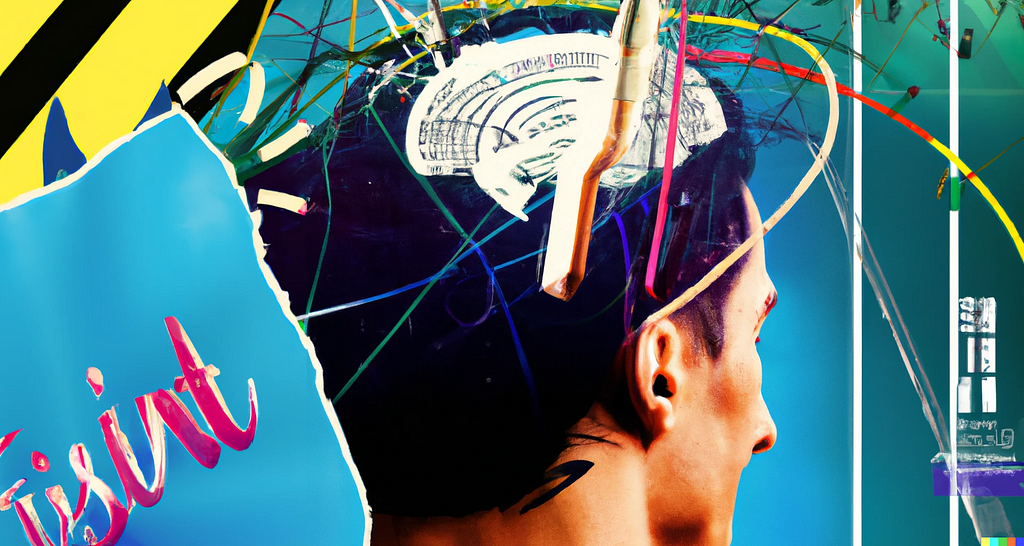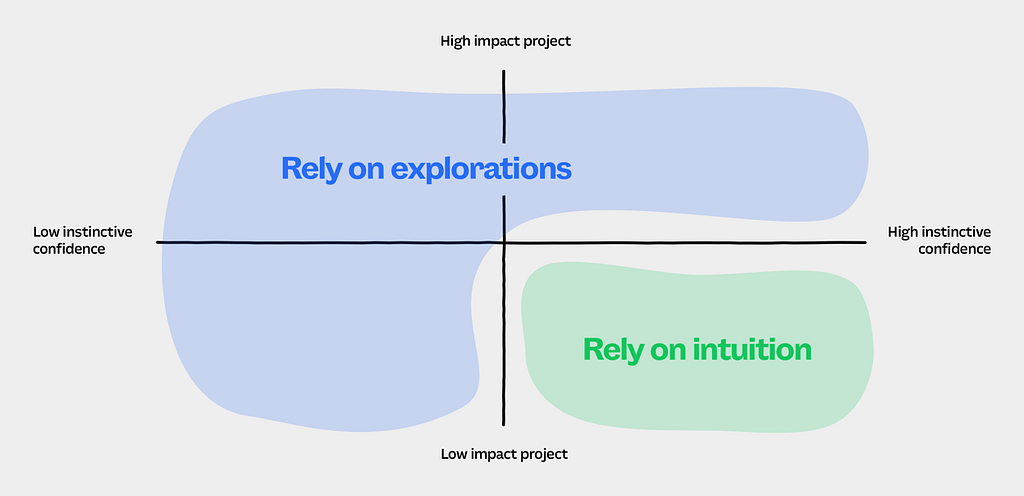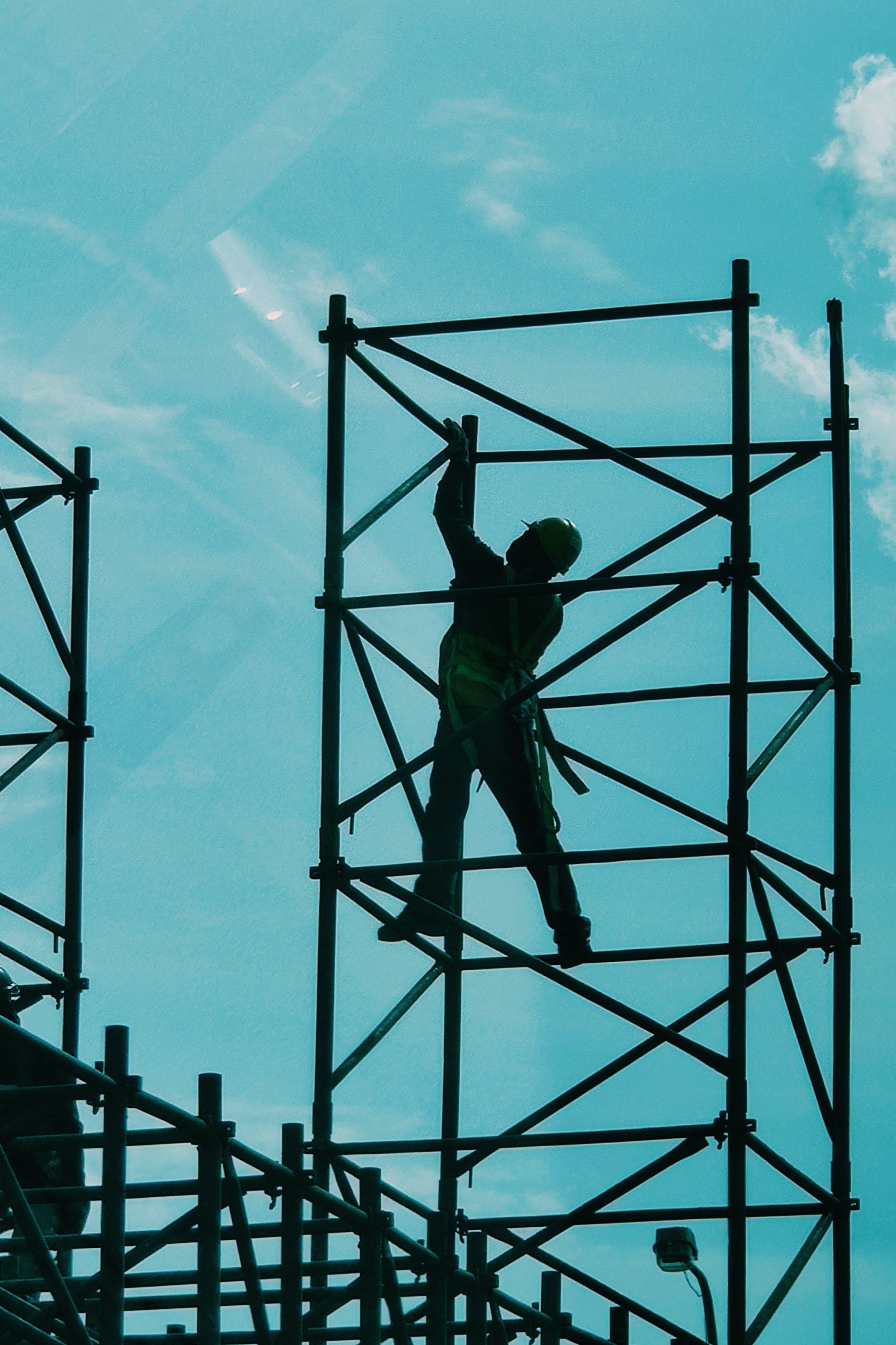I’m writing this at home in my fourth-story apartment. When I do, I’m trusting that my building isn’t going to collapse on me.
Trusting your design ‘gut’ could be tricky. However, if done right, it could be a valuable resource.

The human mind is a mystery machine. It fires and wires in ways that are still enigmatic to those who study it. And among its many complex and fascinating processes, intuition is behind quite an opaque veil — with its purpose largely obscure.
Leveraging your internal data
As product designers, we strive to be methodical — gather the data, frame the problem, formulate a solution and test. And this is a reliable process. It ensures that we are systematic. It eliminates randomness that restricts us from effectively articulating our rationale to stakeholders.
But what about ideas that are not rooted in any identified problems? Hunches that tell you that users might enjoy something even though there is no apparent need? These all stem from data within you. Data that is gathered over time and experiences — your intuition.
Despite the stigma around relying on intuition in the workplace, there is support in the design community for this mode of thinking. Natasha Jen, a design partner at Pentagram, believes that design is often a messy process and out of the chaos came the solution. That it isn’t always a neat and linear process. And one that made space for intuition.
What is intuition?
Intuition is viewed as this rapid, non-conscious and unapparent thought process — a feeling or knowledge that usually is an outcome of your brain forming associations from past life events and the expertise you’ve gained. It’s useful to think of it as this ‘subjective experience associated with the use of knowledge gained through implicit learning’.
For a designer, this is what we often refer to as our ‘design sensibility’.
Where can it help?
Intuition as a thought style could be extremely useful for product designers during the initial stages of the creative process, as it can offer signals on which direction to take.
https://medium.com/media/84e2fc10ff42967221a344c935d75b99/href
Innovation catalyst
Creating opportunities
At LinkedIn, Jonathan Goldman developed the People You May Know (PYMK) feature— one of the company’s most successful data products — based on a hunch that users would be interested in following their former classmates and colleagues. His process of “playing with ideas about how to help people build their networks” demonstrates an intuitive process; one that was likely influenced by his expertise and experiences.
In his book, Where Good Ideas Come From: The Natural History of Innovation, Science writer Steven Johnson discusses that innovation results from accumulated hunches over time and environments that foster creativity. These ‘happy accidents’ are by-products of a deep synthesis of our varied experiences across time and places — one that could be hard to achieve through conscious reasoning. In this sense, intuition could be an effortless way to generate innovative ideas.
Clarifying ambiguity
Solving ill-defined problems
Netflix utilises a similar approach to improve the experience for users who want to resume watching content. While they identify, through data, that a “high fraction of streaming hours” are spent by “members in continuation mode”, through intuition, they hypothesise that these users could either be “in the middle of a binge” or have “partially watched a movie recently” or have “often watched the show around the current time of the day or on the current device”. These theories drove them “to build machine learning models that can identify and harness these patterns to produce a more effective CW (Continue Watching) row” — exemplifying an approach that leverages intuition as a hypothesis.
Tackling constraints
Limited research & time
We’re all passionate advocates for using customer feedback to improve our product. However, it can be challenging to gather feedback during times of constraints — tight deadlines; designing with vulnerable user groups or in regulated domains like healthcare and security, where access to customers may be limited.
The reality is that talking to your customers is an intricate activity with scarce resources. Producing user insights that can confidently inform decisions is a complicated and lengthy activity with a slow pace
Leveraging intuition can help designers streamline their process without being blocked by the necessity of verification from users at every stage.

Sometimes, a solution born out of a drawn-out and meticulous design process can just as well have sprung from a gut feeling. When designing ways for their users to set realistic expectations around response times in their Messenger product, Intercom reflects that the solution that they arrived at through rigorous research might have been one that intuitively came to them at the beginning.
Making intuition work for you
So, when to choose it?
It all boils down to the cost of being wrong. Are you dealing with a low-impact project? One that does not affect many customers? Does it involve low development effort? Does the decision not affect other product areas? Most importantly, does the solution feel right for your product? If yes, then you should be comfortable tuning into your intuition.

Framing intuition
I revert to Tom Greene’s advice from ‘Articulating Design Decisions’.
Don’t start any sentence with “From a design perspective…” because that’s usually just another way of saying “from my perspective.” Remember, we don’t care about your perspective; we care about the user’s perspective
Craft your intuition as a hypothesis. Tie it down to a goal. A design hypothesis is usually constructed as:
‘We believe that….(design decision) for…..(persona) will achieve….(expected outcome)’
This does two things — it aids in your self-evaluation of how closely the idea links to user and business goals as well as communicating it as an assumption that needs to be validated. It ensures that you’re systematically responding to intuition as a theory that needs to be tested.
Getting buy-in
Further, Greene discusses the idea of a ringer in meetings — a stakeholder who is privy to why you did what you did and agrees with it. According to him, it’s important to communicate that,
This isn’t just my idea. This isn’t just my thing. This isn’t just what I like. There are other intelligent people that agree with me.
And this is especially important in cross-functional meetings where your hypotheses are more likely to be accepted if they have a justification that goes beyond the bounds of design.
Although a man of science, French Mathematician Henri Poincaré said,
It is by logic that we prove, but by intuition that we discover
In our quest to make product design more scientific, we lose sight of other unconventional ways of knowing and discovering. While it could be tempting to label intuition as strictly irrational, unreliable or unsupported by facts, it’s useful to view it as this machine that is continuously connecting the dots and identifying patterns from one of the most diverse datasets — our life experiences. And when used as an internal compass, it could help wade through the barriers and uncertainties of product design waters. Nevertheless, bringing meaning to intuition in our systematic world requires effort. Effort to discern wisdom from bias. Effort to craft it into a hypothesis. And effort to balance it with data-driven decisions.
Intrigued by how intuition can support your design process? Here are a few resources:
- Developing Design Sensibilities (Pdf link) by Jane Fulton Suri & R. Michael Hendrix (IDEO)
- Design Intuition: The Most Misunderstood Critical Design Skill by Juan J. Ramirez, Product Design Lead, Netflix
- Evidence, Intuition, and Experiment: Partners in the Design Process by D. Kirk Hamilton
- Creative Cognition by Ronald A. Finke, Thomas B. Ward and Steven M. Smith
- The Role of The Scientific Method & Intuition in UX by Sujay Kotwal
- Trust your instincts or rely on procedure — when to design with intuition by Intercom
Your intuition could be your design hypothesis was originally published in UX Collective on Medium, where people are continuing the conversation by highlighting and responding to this story.


Leave a Reply